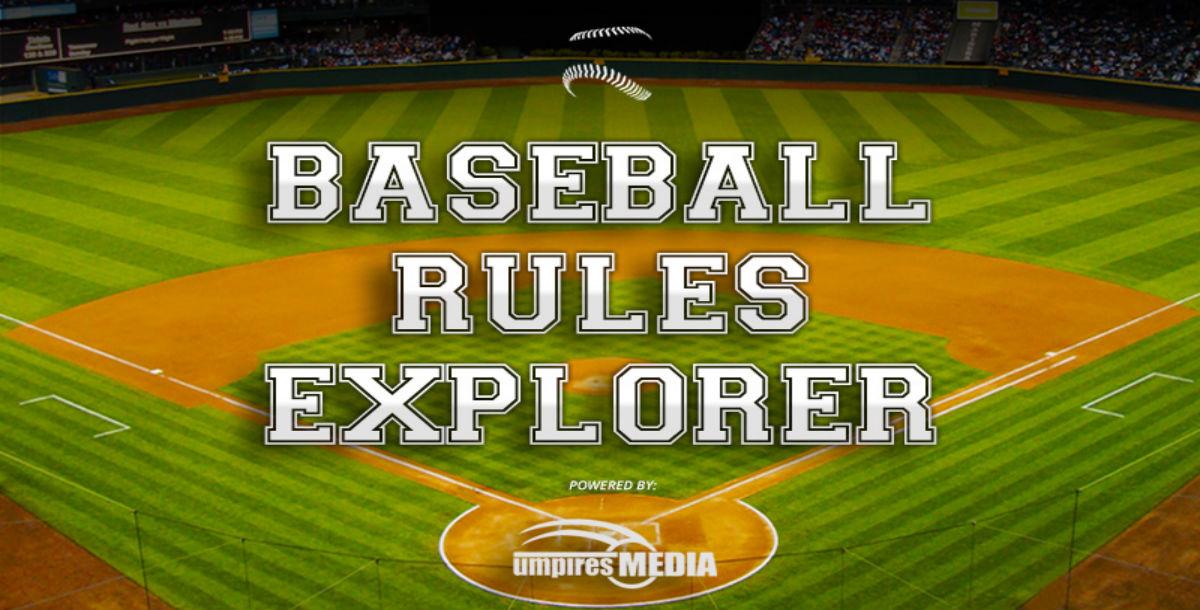1
2
3
4
5
6
7
8
9
10
11
12
13
14
15
16
17
18
19
20
21
Lesson 22:
A Situation 11 Runner's Lane
Situation #11: Runner’s Lane
As you have learned by now, lots of interesting plays can happen between home and first. It is very important that the plate umpire move out from behind the plate and get the best angle possible for the variety of plays that can occur.
In this play, the right handed batter is running in a straight line to first base and is minding his own business when he gets hit with a thrown ball from behind. It certainly appears that he didn’t do anything intentionally to interfere with the ball.
However, the batter-runner was not advancing in the runner’s lane when he was hit with the catcher’s throw to first. Under present-day interpretation, the batter-runner should be declared out for interfering with a fielder taking the throw at first.
Two key elements to keep in mind on this play:
1. Had the batter-runner reached the 45 foot line which defines the beginning of the runner’s lane? The runner’s lane rule only applies after the batter-runner has reached the halfway mark to first.
and,
2. Was the throw that touched the batter-runner while running in fair territory a quality throw that you feel had a chance to retire him?
If the answer to both these questions is “Yes,” then the umpire should call time immediately when the ball touches him and declare the batter-runner out for interference.
All other runners would be returned to the bases occupied at time of pitch.
23
24
25
26
27
28
29
30
31
32
33
34
35
36
37
38
39
40
41
42
43
44
45
46
47
48
49
50

Umpires Media presents, The Baseball Rules Explorer. Now the first digital baseball rule book with hundreds of HI Def video situations comprising the complete professional rule book. Our sample course is comprised of the enclosed video situations. Now get the full rule book for just $9.95/lifetime. Google Play: https://goo.gl/1gT9sE iTunes: https://t.co/SqvhoOcP01 Get in touch with us info@umpi...
